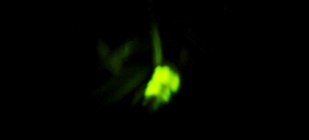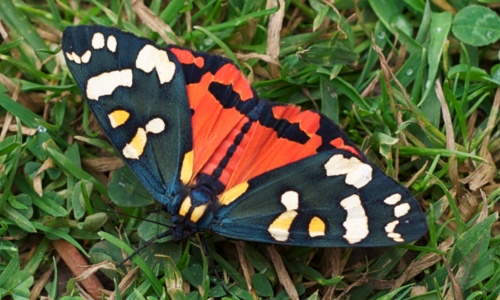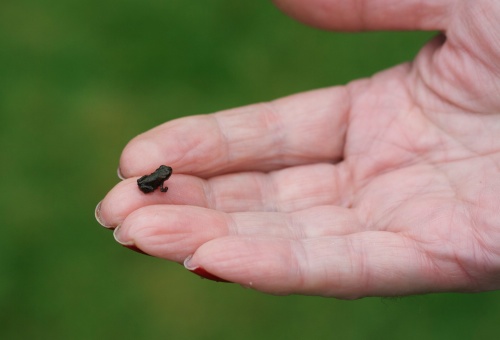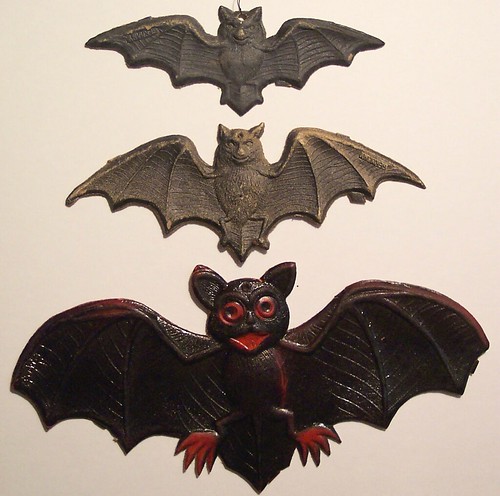I have returned. Not that I went very far: my sister lured me to Hampshire with the promise of glow-worms. Wikipedia tells me that the glow worm we have in the UK is a species of firefly, but they don’t fly, or flash; the females are wingless, and sit in the grass glowing to attract the flying males.

I suppose if you live somewhere where the fireflies are a bit more spectacular, the glow worm might seem a bit underwhelming, but they are what we have and I’ve never seen them before, so I was very pleased. This is Andrew Marvell, and one of my favourite poems:
The Mower to the Glow-worms
Ye living lamps, by whose dear light
The nightingale does sit so late,
And studying all the summer night,
Her matchless songs does meditate;Ye county comets, that portend
No war nor prince’s funeral,
Shining unto no higher end
Than to presage the grass’s fall;Ye glow-worms, whose officious flame
To wand’ring mowers shows the way,
That in the night have lost their aim,
And after foolish fires do stray;Your courteous lights in vain you waste,
Since Juliana here is come,
For she my mind hath so displac’d
That I shall never find my home.

We also went for a couple of nice walks; lots of butterflies, lots of flowers, woodlark, stonechat, a pair of peregrines. And at Mottisfont Abbey, this moth, a Scarlet Tiger. So it was a very satisfactory trip all round.






